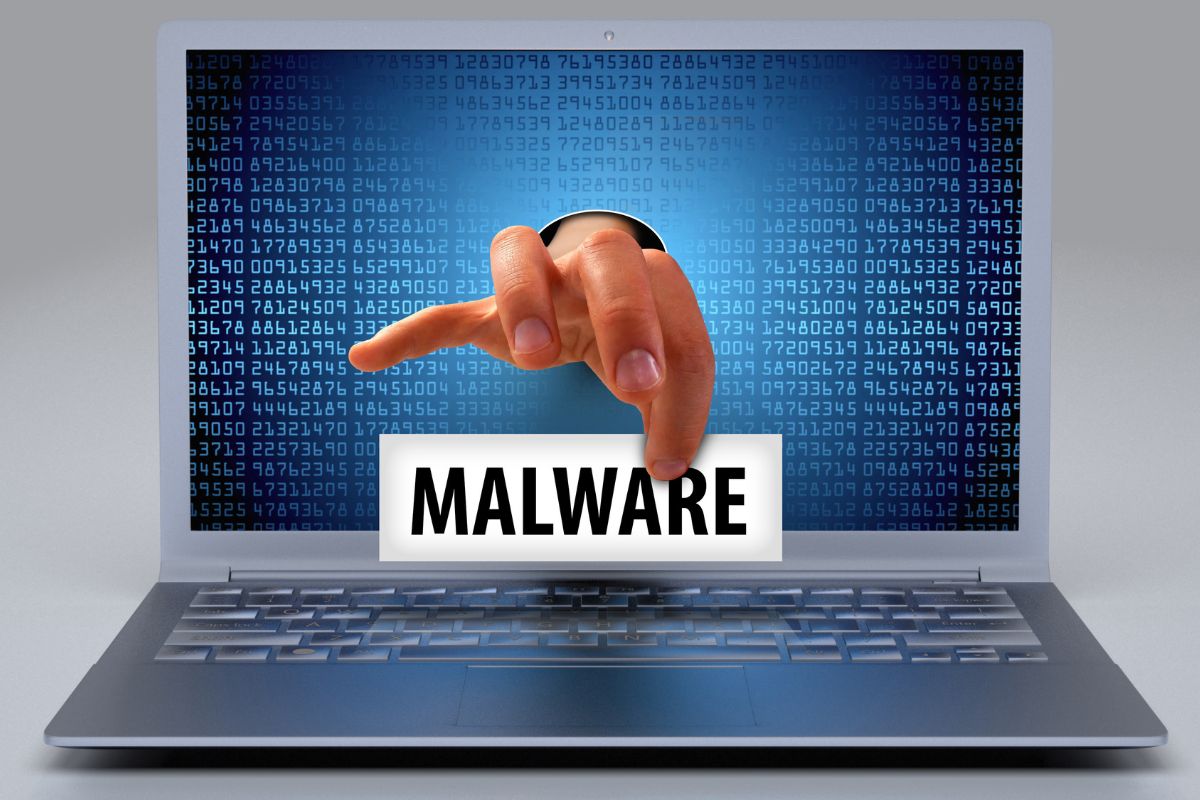Websites and online platforms are essential to any business’s overall marketing and promotion strategy. With most customers online, it’s crucial that businesses maintain their websites properly. However, this can be challenging due to the prevalent risk of malware infections. Malware, short for malicious software, is a type of malicious code that can harm websites and online platforms. This malware can lead to significant business losses, security breaches, and loss of confidential data. With this in mind, the expert in Malicious URLs, My Safe Domain, shares some key indicators of website malware infection.
Slow Website
One of the significant indicators that malware could be on a website refers to the website’s speed. Hackers and malware could be responsible if your website takes longer to load or takes forever to respond. They typically create coding loops and redirects to other sites, increasing users’ load time. This aspect not only ruins user experience but also affects SEO rankings. Hackers also use these coding loops to virus-laden sites, influencing the website’s performance.
Suspicious Pop-ups and Advertisements
If the website has pop-ups and advertisements that have little to no relation to the website’s content, then the website is most likely infected with malware. These pop-ups and advertisements usually occur when the website’s owner loses control over the website and its underlying architecture. Moreover, these ads are from rogue companies that have paid intruders for the website’s access.
Unauthorized Content
Hackers also tend to use malware-infected websites to spread malicious content, such as phishing links, malicious downloads, and other illegal activities. If you notice any unauthorized content on the website that wasn’t present before, it’s a sure sign of a possible malware infection. This could easily lead to a security breach and the loss of confidential data.
Additionally, if you notice any text in the body of a website that is suspicious or unrelated to the topic and content, it indicates malware infection. Hackers typically inject malicious links and data into web pages for various purposes, such as phishing campaigns and redirecting users to virus-laden sites.
SEO Rankings Drop
Search Engine Optimization, or SEO, relies heavily on a website’s ranking on search engines. One of the indicators of malware is the sudden drop in the website’s SEO rankings. This is because malware can install harmful links and coding loops, affecting the website’s health. It can also create a potentially harmful attack for other website users by redirecting them to virus-laden websites.
Excessive Data Usage
Another indicator of malware infection is excessive data usage. Suspiciously high data usage can result from malicious software running background tasks, which can drain the system’s internet bandwidth without your awareness. Additionally, websites with malware tend to crash frequently due to instability and poor performance caused by malicious codes.
Change in Website Content Structure
Malware infections can cause a shift in the website’s content structure. For example, existing content may disappear while new material appears out of nowhere. Malicious actors often sponsor this material and can be used to spread unwanted advertisements and launch cyberattacks on other users. Also, these malicious actors may alter your website’s code, making it difficult for you to detect the malware.
Spamming Activities
If a website owner suddenly starts receiving tons of spam emails and notifications that don’t make sense, it means that hackers have gained control of the website’s content. Hackers can use the website’s contact address to spam other users, leading to a potentially harmful attack. They can also use the address to infect other computers connected to the website, leading to further threats.
On the other hand, website owners should take proactive measures and secure their websites with safety protocols and anti-malware programs. My Safe Domain provides these security solutions to protect businesses from the threat of malware infections. Users can ensure maximum website protection with its comprehensive digital security services.
Invalid Security Certificate
The website’s Security Certificate can also be an indicator of malware infection. If a website suddenly loses its security certificate, it means that there is a high chance of intrusion, hacking, and malware. This aspect happens when hackers install rogue security certificates on the website, making browsing or accessing it impossible. Invalid security certificates are also one of the root causes of Phishing attacks.
Final Thoughts
In summary, website malware infections are rampant, with hackers becoming more sophisticated than ever. They use various tactics to gain control of websites, which can lead to significant losses for business owners. As such, it’s essential to recognize the red flags of website malware infections mentioned above. Moreover, businesses should also have robust website security protocols and monitoring systems to avoid malware infections. They should also have an action plan to contain any malware attacks and mitigate the impact on their businesses. With these measures in place, businesses can continue to provide their customers with a secure and safe browsing experience.



































